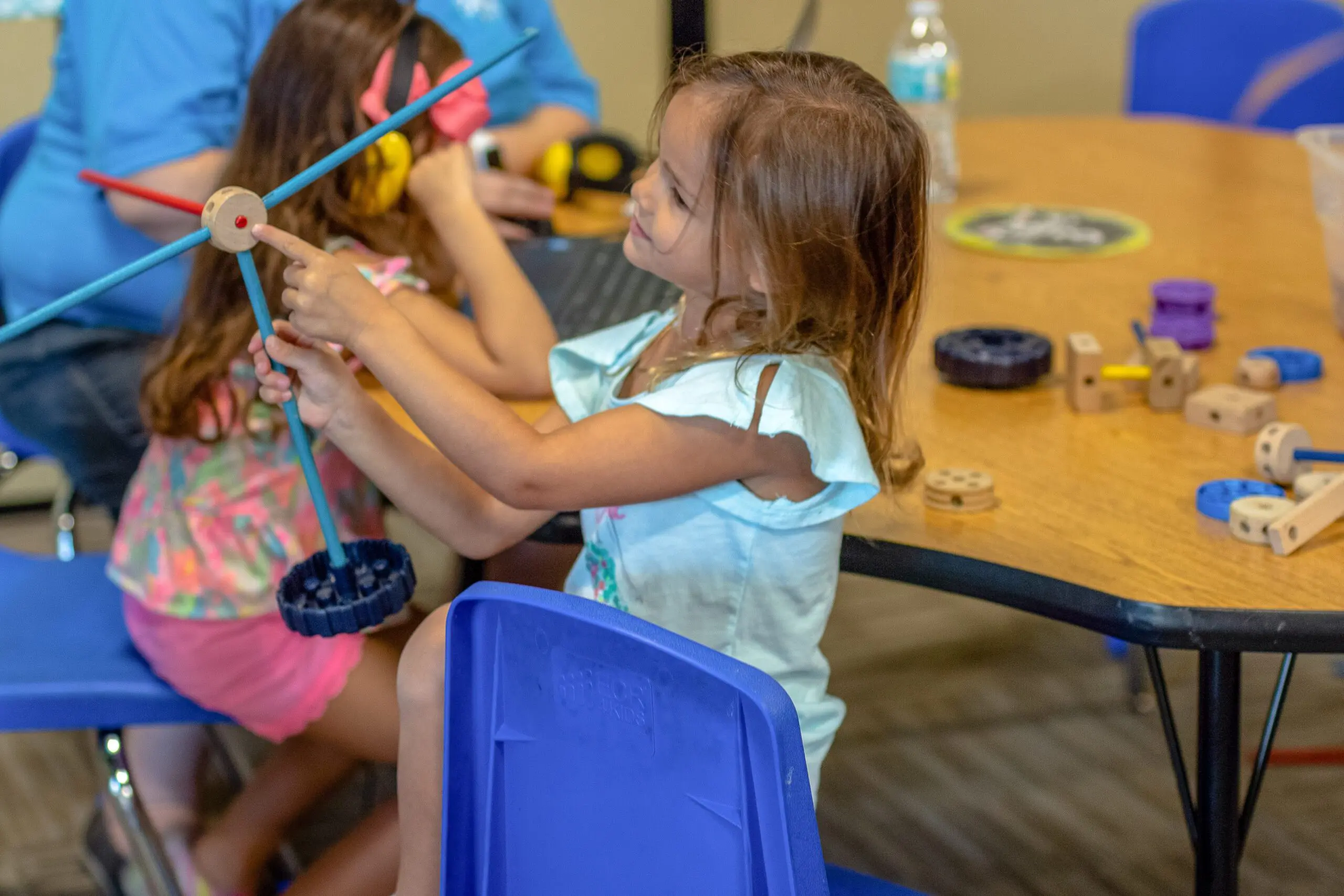
Why Project-Based Learning is Growing in Early Childhood Education
Chinese researchers recently conducted a wide-ranging meta-analysis that included 66 studies over a 20-year period covering various age groups on the impacts of project-based learning (PBL). The results found that, overall, PBL significantly enhances students’ learning outcomes, including core literacy, higher-order thinking, and 21st-century skills, compared to traditional teaching methods. This was especially true for subjects related to engineering and technology, according to the study, which gives weight to beliefs that PBL is a crucial educational model for the 21s century. And now, it is being used more frequently in early childhood education.
Over the past decade, early childhood education centers in the U.S. have increasingly embraced project-based learning (PBL) as a core teaching method. Previously more common in higher levels of education, PBL has gained traction in preschools and early learning programs due to its significant impact on young children’s growth and development.
Why the Interest in PBL?
Some of the many reasons for the increased interest in PBL include:
Research-Backed Benefits: Studies consistently show that PBL enhances critical thinking, problem-solving, and collaboration. By supporting cognitive and social-emotional development, it appeals to educators seeking well-rounded growth strategies for young learners.
Shift in Educational Philosophies: There has been a move from traditional, teacher-led instruction to more student-centered approaches. PBL aligns with constructivist theories that prioritize experiential learning and active participation, fitting well with contemporary educational values.
Focus on 21st-Century Skills: As the world becomes more technology-driven and interconnected, fostering creativity, collaboration, and adaptability from an early age has become essential. PBL naturally cultivates these skills by involving children in problem-solving and teamwork.
Parental Expectations: Today’s parents are well-informed about educational methods and seek programs that offer more than basic instruction. The holistic nature of PBL appeals to those looking for enriching learning experiences that support intellectual and social growth.
How PBL Works in Early Childhood Education
Project-based learning immerses children in real-world problems and hands-on activities that encourage active participation and critical thinking. Unlike traditional methods focused on memorization, PBL engages students through inquiry-based activities. For instance, a project about community helpers might involve interviewing local firefighters, building models of fire trucks, or creating a small community diorama. These tasks foster problem-solving, teamwork, and communication skills while weaving in academic concepts like math, literacy, and science.
PBL integrates multiple subjects seamlessly into one cohesive project. For example, a weather-themed project might involve tracking daily temperatures, making bar graphs, and constructing simple weather stations. This approach combines math, science, and art, making learning comprehensive and enjoyable. Teachers guide the process, encourage exploration, and foster curiosity while giving children the freedom to discover and experiment. This active, hands-on method helps students retain knowledge and develop valuable skills such as collaboration and critical thinking.
Parents and educators have recognized the long-term benefits of PBL. Children engaged in project-based learning from an early age often face future academic challenges with greater confidence and adaptability. The collaborative and inquiry-based nature of PBL nurtures a genuine love for learning, laying the groundwork for continued educational success.
As education continues to evolve, the integration of project-based learning in early childhood programs highlights a shift towards deeper understanding and holistic development, promising meaningful outcomes for young learners.
